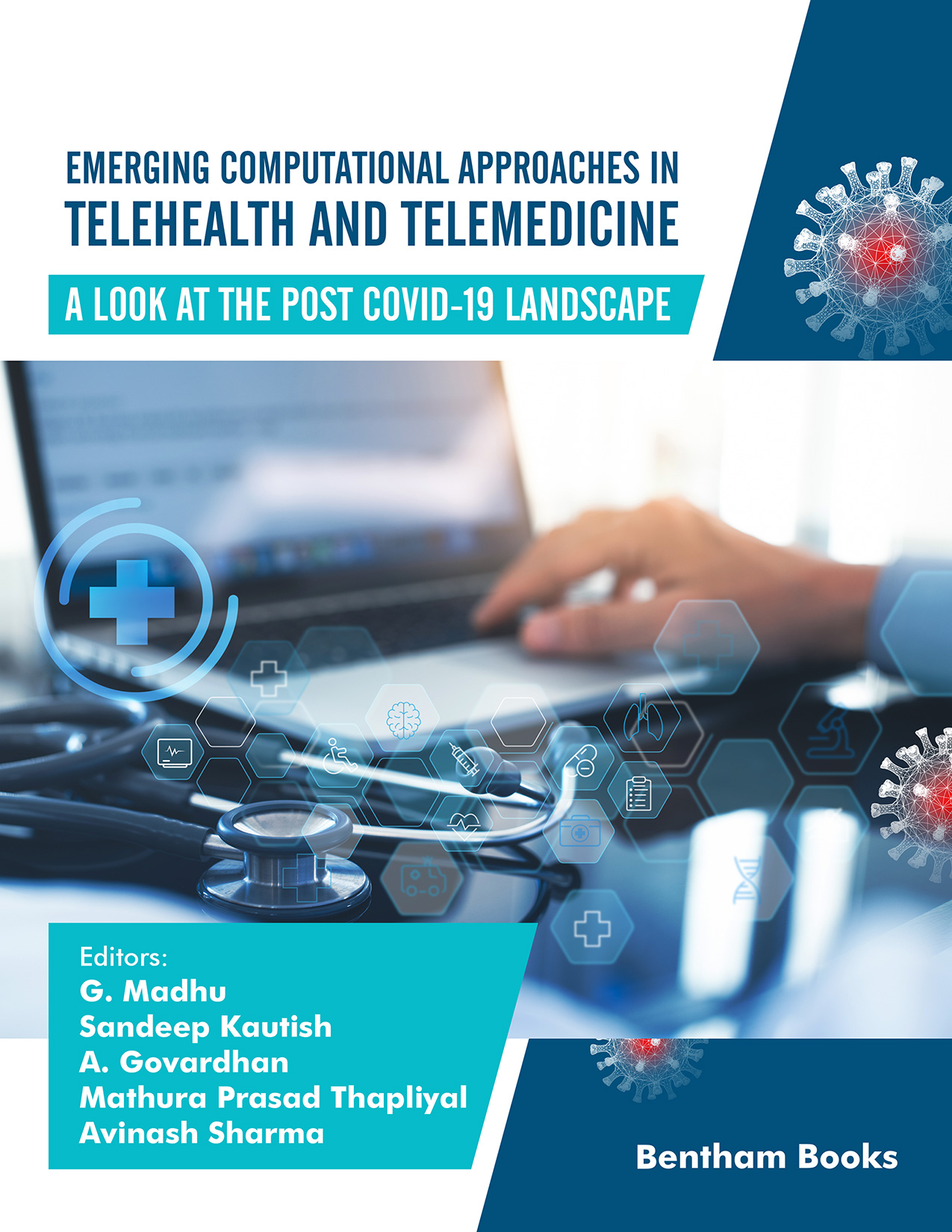Introduction
This book gives an overview of innovative approaches in telehealth and telemedicine. The Goal of the content is to inform readers about recent computer applications in e-health, including Internet of Things (IoT) and Internet of Medical Things (IoMT) technology. The 9 chapters will guide readers to determine the urgency to intervene in specific medical cases, and to assess risk to healthcare workers. The focus on telehealth along with telemedicine, encompasses a broader spectrum of remote healthcare services for the reader to understand.
Chapters cover the following topics:
- A COVID-19 care system for virus precaution, prevention, and treatment
- The Internet of Things (IoT) in Telemedicine,
- Artificial Intelligence for Remote Patient Monitoring systems
- Machine Learning in Telemedicine
- Convolutional Neural Networks for the detection and prediction of melanoma in skin lesions
- COVID-19 virus contact tracing via mobile apps
- IoT and Cloud convergence in healthcare
- Lung cancer classification and detection using deep learning
- Telemedicine in India
This book will assist students, academics, and medical professionals in learning about cutting-edge telemedicine technologies. It will also inform beginner researchers in medicine about upcoming trends, problems, and future research paths in telehealth and telemedicine for infectious disease control and cancer diagnosis.
Audience
Researchers, students, academics, and medical professionals

